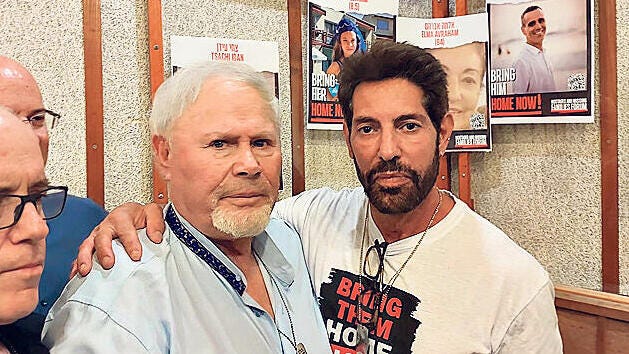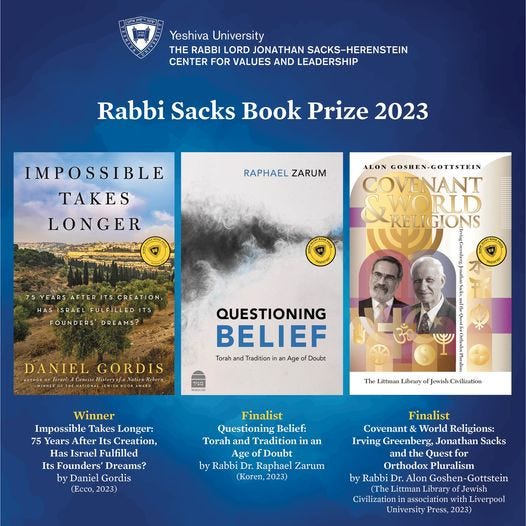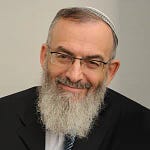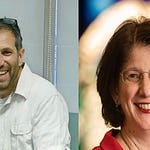The Yom Kippur War, which erupted almost fifty years to the day before this year’s October 7th massacre, led to an outburst of Israeli song-writing. Many of those songs have now become classics; one of the most famous is
“And the wheat grows again.”
The refrain goes as follows:
It is not the same valley, it is not the same home, You are absent and unable to return, The path shaded by the trees, and in the sky an eagle, And yet the wheat grows once more.
The Wheat Grows Again” was written in 1974 by Dorit Tzamarat, a resident of Kibbutz Beit HaShita, the kibbutz that lost eleven of its sons in the Yom Kippur War. The song has become a central part of the “liturgy” of Yom Hazikaron (Remembrance Day) in Israel—it’s heard everywhere, all day.
The song describes the scenery around the kibbutz, located in the north in Emek Harod, the eastern side of the Jezreel Valley, and speaks about the beauty of the landscape alongside the kibbutz’ enduring loss and the pain. The song became particularly popular after it was performed by HaGevatron, a group of kibbutznik folk singers.
It’s a song written to the fallen. “You are absent and unable to return.” Still, the song says: “it is not the same valley and it is not the same home”—even so, “The wheat grows once more.”
This image of the cycle of nature continuing even after horrific loss is a longstanding theme of Zionist poetry and song (it’s biblical, too, but that’s for a different time). In “The City of Slaughter,” which we’ve written about in much earlier columns (including here, here and here), Hayim Nachman Bialik has this to say about what will happen after the horrors of the 1903 Kishinev pogrom (120 years ago):1
Then wilt thou flee to a yard, observe its mound.
Upon the mound lie two, and both are headless
A Jew and his hound.
The self-same axe struck both, and both were flung
Unto the self-same heap where swine seek dung;
Tomorrow the rain will wash their mingled blood
Into the runners, and it will be lost
In rubbish heap, in stagnant pool, in mud.
Its cry will not be heard.
It will descend into the deep, or water the cockle-burr.
And all things will be as they ever were.
Bialik’s imagery is uncanny especially today, only weeks after October 7, 2023. Bodies lying dead on the ground. Murdered then, murdered now. Beheaded then, beheaded now. Pools of blood everywhere, then and now. Savagery then, savagery now. Dogs then, and dogs now (we wrote about the dogs on October 7 here).
And then, like now, nature will continue. It is both reassuring that the world goes on, but also an affront to human sensibility that in the aftermath of such horror, the world still spins on its axis.
Bialik’s “And all things will be as they ever were” took on renewed life in the 1973 song, “And the Wheat Grows Once More.” The similarity in image is obvious.
The words to “And the Wheat Grows Once More” read:2
The Wheat Grows Once More
Fields spill from horizon to threshold,
And carobs and olives and the Gilboa,
And the Negev [orig: valley] that gathers at its feet,
With a beauty unrivaled.
It is not the same valley, it is not the same home,
You are absent and unable to return,
The path shaded by the trees, and in the sky an eagle,
And yet the wheat grows once more.
From the bitter ashes the chives rise
And on the grass a boy and his dog
The room is bathed in light as nights fall
On what lies within and what lies within his heart
It is not the same valley...
All that was, shall perhaps forever be
The sun has risen, again the sun comes
Still the songs sing but how can they tell
Of all the pain and all the love
Indeed this is the same valley, indeed this is the same home
And yet you are unable to return
And how has it happened, and how has it happened, and how does it happen still,
That the wheat grows once more.When his mother, Elma Avraham, was taken hostage by Hamas on October 7 from her home in Kibbutz Nahal Oz, her son, Uri Ravitz, decided to make small changes to the song.
Instead of “this is not the same valley,” he wrote “this is not the same Negev.”
Instead of “you are unable to come home,” he wrote, “you must come home.
For those who read Hebrew, here are the changes:
זה לא אותו העמק, זה לא אותו הבית, אתם אינכם ולא תוכלו לשוב השביל עם השדרה, ובשמיים עיט אך החיטה צומחת שוב became זה לא אותו הנגב, זה לא אותו הבית, אתם אינכם וחייבים לשוב השביל עם השדרה, ובשמיים עיט אך החיטה צומחת שוב
Eerily, Uri left Nahal Oz after Operation Protective Edge (an earlier war with Hamas) in 2014, but his mother stayed.
She told him, “Here I feel the safest.” Elma was freed on November 26.
The members of Hegevatron, visible in the video above (shared all over on Israeli social media, including here by Nadav Eyal, and written about in the press) in the first row wearing the blue shirts, agreed to perform it with him, along with families of the hostages (yellow ribbons are the symbol of the #bringthemhome movement).
With momentum of hostage releases apparently beginning to slow down, we share the song as a window into the soul of Israel today, and with a prayer that they will all soon be home.
If you’re just joining us, Israel from the Inside typically posts a written column on Mondays and a podcast on Wednesdays. That is obviously irrelevant for the time being.
We’ve delayed all the podcasts that were ready to go, because the people whose stories they tell deserve to tell them when we all have the bandwidth to hear. Hopefully, that will return some day.
In the interim, we’ll post as possible. Here in Israel, there are non-stop funerals to go to, shiva homes to visit, grandchildren to help care for while sons and daughters are in the army, so we’ll see.
Schedules are the least of our worries.
Impossible Takes Longer is available on Amazon and Barnes & Noble and at other booksellers.
Our Threads feed is danielgordis. We’ll start to use it more shortly.
Translation is taken from: "The City of Slaughter" in Complete Poetic Works of Hayyim Nahman Bialik, Israel Efros, ed. (New York, 1948): 129-43 (Vol. I)



















"The Wheat Grows Once More"